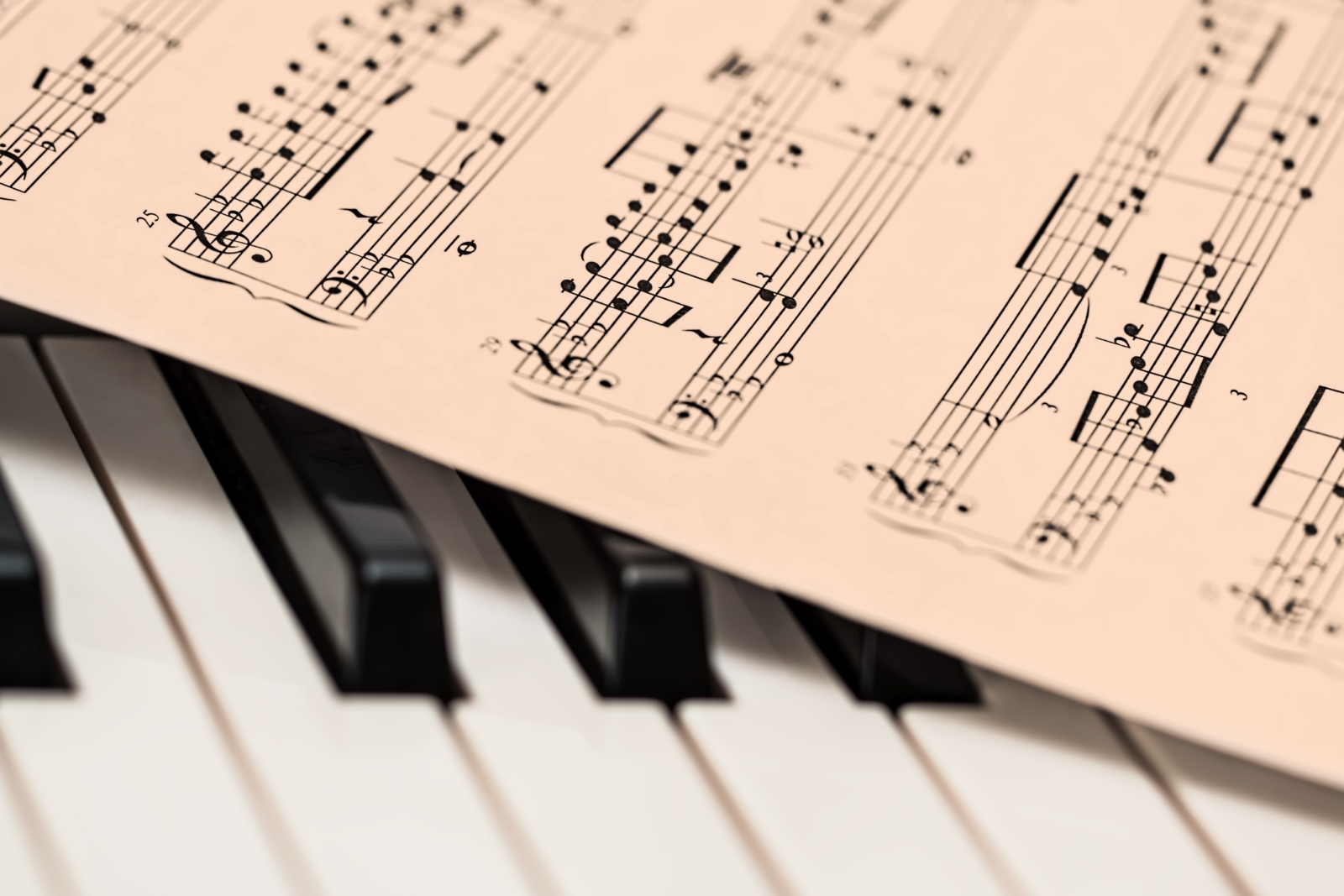Classical Music: A Beginner’s Guide

If getting into classical music has been on your to-do list for years, this is a great time to start: there’s nothing like a symphony or two to break the monotony of those long quarantined afternoons.
Classical music is often seen as “music for the brain”, a purely intellectual and sophisticated pleasure. Yet this doesn’t apply to all the music that falls into the “classical” category. You’ll also find revolutionary sounds that shock the ears, alongside others that are calm and soothing.
Finding a classical piece that really speaks to your soul can take time, but that’s where we come in. You might have seen our recent post on Prokofiev and Lysenko, two of the most famous composers to come out of Ukraine. Today we’ll broaden the scope a little: let What’s On guide you through three of the most important eras in classical music, with a selection of the best pieces to start off with.
The Baroque era
Baroque was where it all started. One of the era’s most prominent composers was JS Bach, who wrote remarkable pieces for both the harpsichord and the (well-tempered) clavier. Baroque music is known for its calm harmonies and consonant sounds: when you get carried away listening, it isn’t hard to imagine yourself at mass, or perhaps a ball, in the presence of emperors and empresses. Choose from an eclectic array of styles: the philosophical rigour of Bach, the stress-relieving notes of Vivaldi, or the regal tone of Handel.
Works to discover:
Bach – Brandenburg Concerto No. 5 in D major
Handel – Sarabande
Vivaldi – La Stravaganza
The Classical era
A sea change occurred in music when the clavier evolved into the pianoforte. With a name that literally means “loud quiet”, this instrument opened up a new range of possibilities for composers.
The dynamics became broader, since a piano – unlike a harpsichord – allows for variety in the quality of sound, depending on how the keys are pressed. However, the music is generally less complex and has a lighter texture. These compositions are mainly homophonic, consisting of a melody laid over a series of chords.
As the size of the orchestra grew, the timbre thickened. New forms were introduced – the sonata, the symphony, and the concerto. Big names of the Classical era (not to be confused with classical music in general) include Beethoven, Mozart, and Clementi.
Works to discover:
Beethoven – Symphony No.9
Beethoven – Sonata Pathetique
Mozart – Symphony No.40
The Romantic era
Some may know this movement by the unmistakable sound of Chopin, while others will associate it with the revolutionary works of Liszt. This was the moment in musical history when emotion was fully unleashed. Many composers dedicated their work to their homeland. Some – such as Rachmaninov – wrote full-length piano concertos that would shape the way orchestras performed. The music of the Romantic era is a favourite of many classical connoisseurs: this was perhaps the high point of both the piano and the orchestra.
Works to discover:
Rachmaninov – Concerto No.2
Chopin – Nocturne op.9 No.2
Rachmaninov – Rhapsody on the theme of Paganini
Feed your brain – listen to classical.











